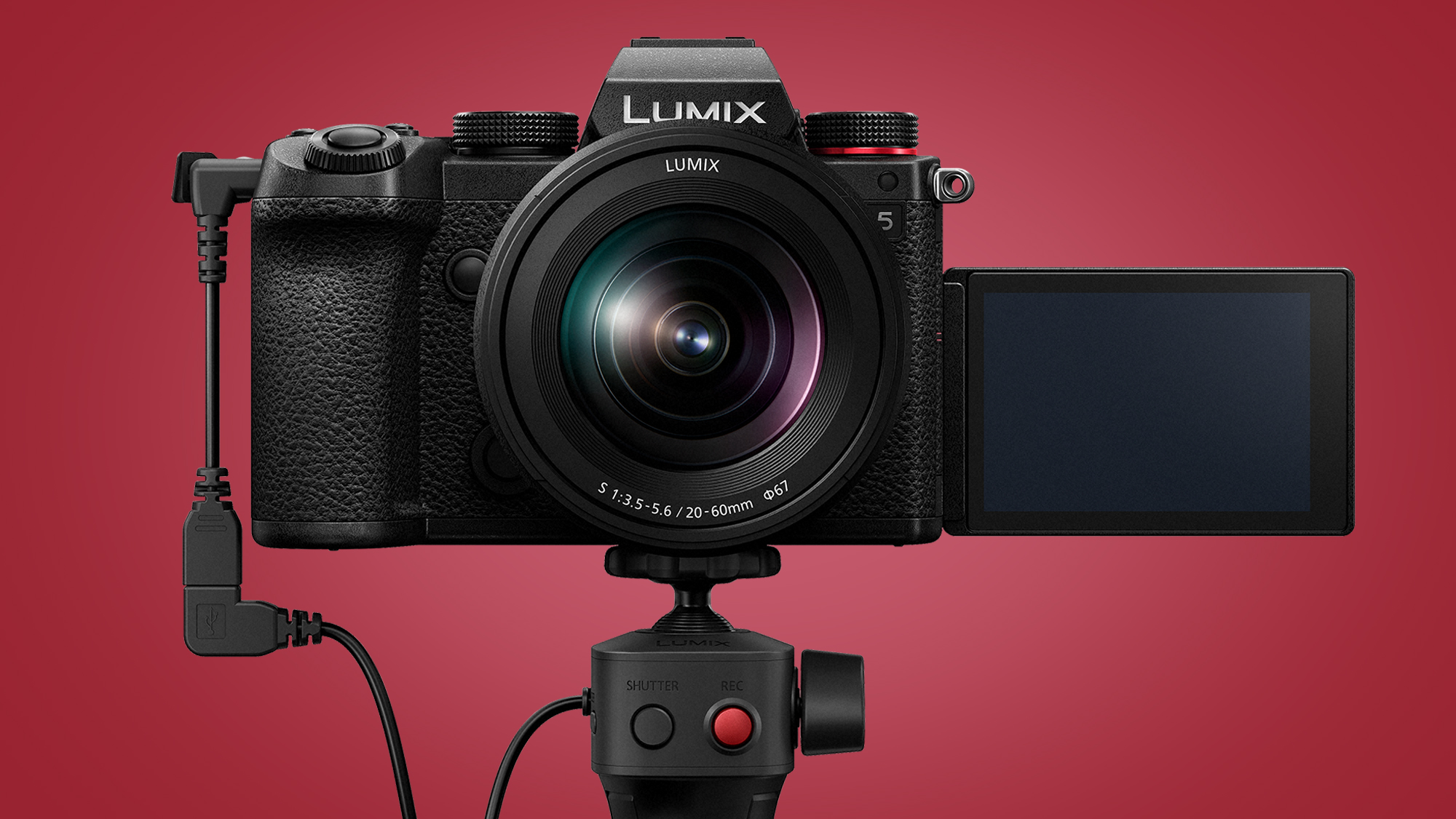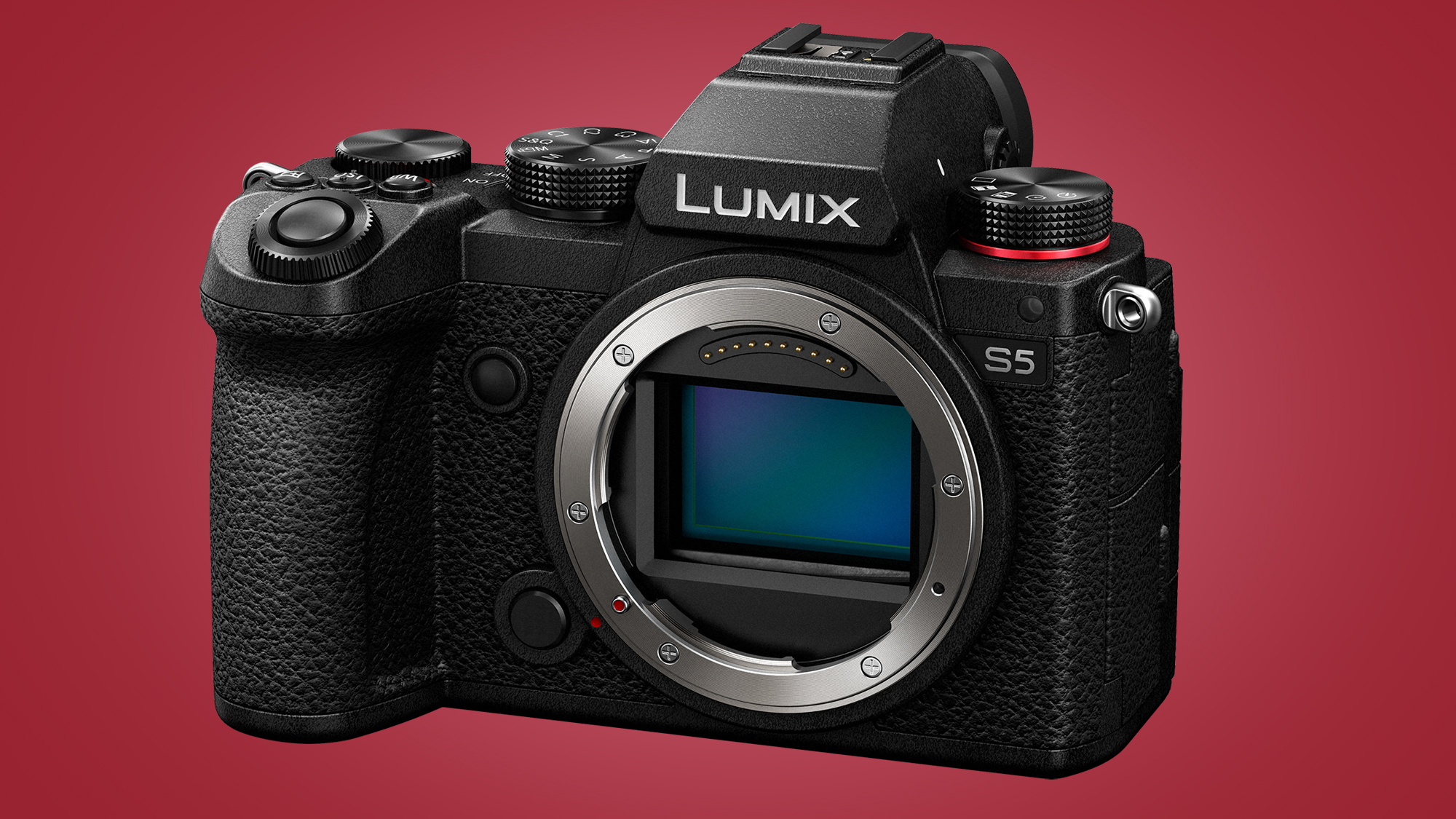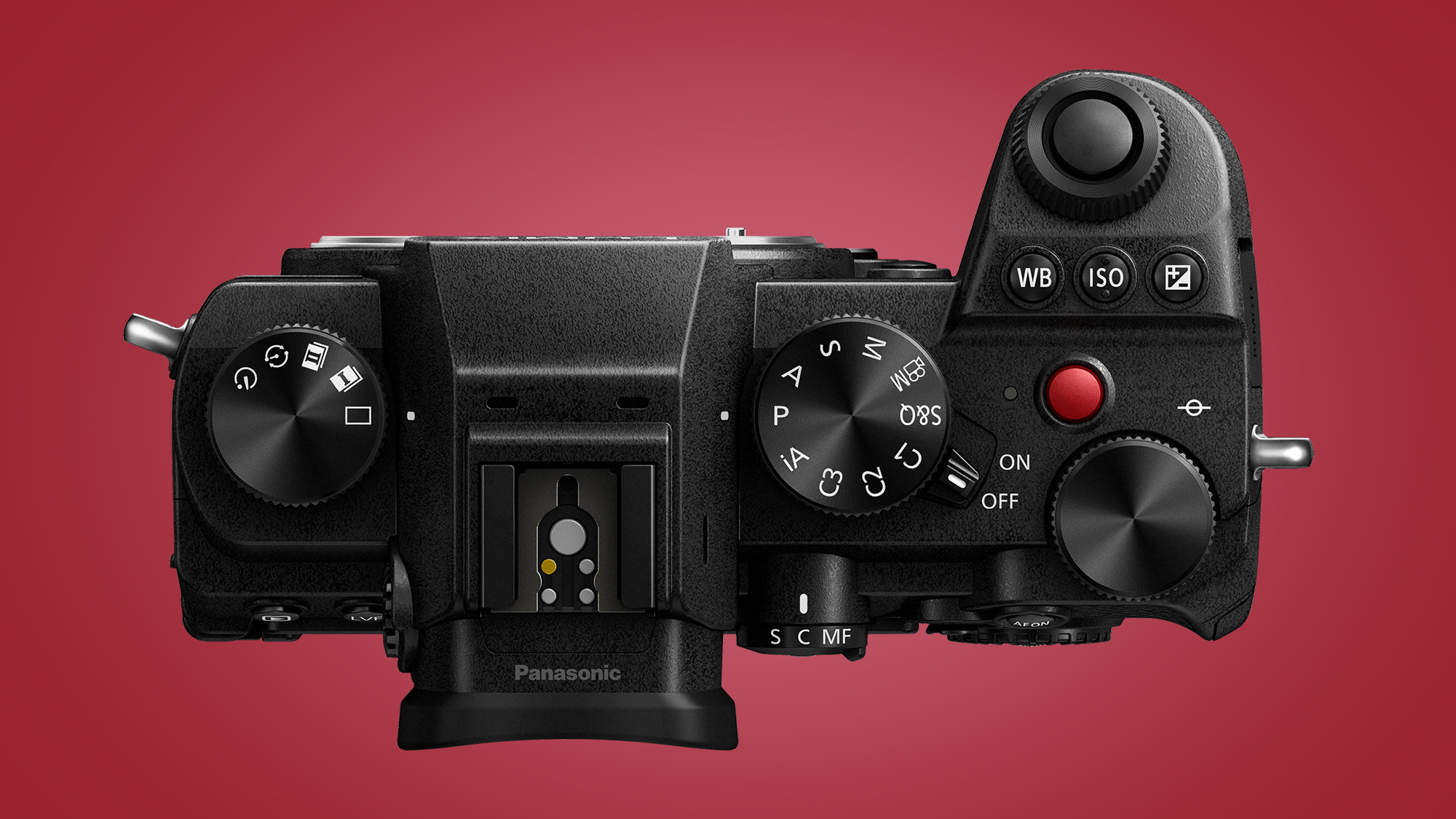Panasonic Lumix S5 is a compact full-frame camera for YouTubers and videographers

The big trend in full-frame cameras right now is video-focused hybrid models – and the Panasonic Lumix S5 has now officially joined the growing list options for YouTubers and video creators.
A smaller (if sadly not cheaper) version of the Panasonic Lumix S1, the Lumix S5 is a tempting package for those who are new to full-frame shooting, and who were slightly underwhelmed by the video capabilities of the Nikon Z5.
Built around a 24.2MP full-frame sensor, the S5 attempts to address all the criticisms made of previous L-Mount cameras like the S1, including their weight, size, AF speed and lack of an articulating screen.
This means we get a 630g body (compared to the 1kg heft of the S1) with a fully articulating touchscreen that flips round the face the front, making it ideal for video shooters and (well-heeled) YouTubers. Impressively, this size makes it even smaller than the Micro Four Thirds Panasonic Lumix GH5.
Launched alongside the S5 is a new lens that's designed to complement the camera's small size, and which offers a 20-60mm focal length – the very wide angle being an interesting choice that again favors those looking for a high-end vlogging camera.
- These are the best YouTube cameras you can buy right now
- Panasonic Lumix S5: release date, price and news
- Read our in-depth Nikon Z5 review
Good video genes
Perhaps more than any other company, Panasonic has a strong and loyal following when it comes to video. The Lumix GH5 continues to be popular, while its video-centric Panasonic Lumix S1H (with which the S5 shares a sensor) has outsold the existing Panasonic Lumix S1 and Panasonic Lumix S1R full-frame models.
As such, it’s no surprise to see the S5 packing a host of interesting and useful video features. It’s aimed more squarely at vloggers and content creators than high-end professionals, but includes lots of top-notch specifications nonetheless.
Sign up for breaking news, reviews, opinion, top tech deals, and more.


The S5 can record 4K at 60p (with a crop applied), or use the whole frame when recording 4K at 30p. That puts it ahead of models like the Nikon Z5, which uses a heavy 1.7x crop when recording 4K at 30p (and doesn’t offer 60p at all). The S5's continuous recording time at 10-bit 4K is limited to 30 minutes, but you can continue recording once it stops. There’s no limit when shooting in 8-bit.
On top of that, it’s also possible to use Anamorphinc lenses, while Dual-native ISO is another feature that’s been brought across from Panasonic’s more expensive models.
The S5 features a heat-dispersion design, which aims to prevent the overheating issues that the Canon EOS R5 has been plagued with since launch. Other useful video features include frame markers, a frame indicator, and the ability to capture vertical video for social media sites.
One compromise, specs-wise, is that the S5 only has a Micro HDMI port, rather than a full-sized one, which may put off professional videographers.

Hybrid skills
Although videographers are likely to be drawn towards the Panasonic S5, there’s plenty of appeal for photographers too.
There’s a 2360k-dot 0.74x OLED electronic viewfinder, double SD card slots, a dust and splash-resistant magnesium alloy body, and the ability to charge via USB.
Panasonic says it has “rewritten the algorithm” when it comes to autofocus, to make it much more reliable and reactive when compared to previous S1 models. The system's ability to detect bodies, moving subjects, eyes and heads has been improved – and the good news for Panasonic Lumix S1 owners is that these improvements will also be coming to that camera via a firmware update.
When it comes to pricing, Panasonic hasn’t gone too aggressive, but it has priced the S5 to compete with models such as the Nikon Z6, the Canon EOS RP and the Sony A7 III. The Panasonic S5 body-only price is $1,999 / £1,799 / $3,199, or you can get hold of it with the 20-60mm kit lens for $2,299 / £1,999 / AU$3,699. Shipping is expected to start from the end of September, so look out for a full review on TechRadar very soon.
- These are the best full-frame cameras you can buy right now
The TechRadar hive mind. The Megazord. The Voltron. When our powers combine, we become 'TECHRADAR STAFF'. You'll usually see this author name when the entire team has collaborated on a project or an article, whether that's a run-down ranking of our favorite Marvel films, or a round-up of all the coolest things we've collectively seen at annual tech shows like CES and MWC. We are one.